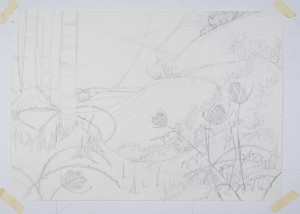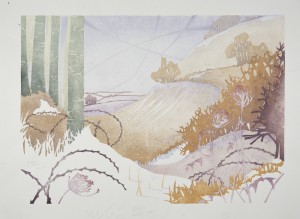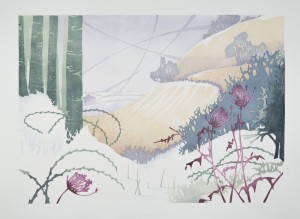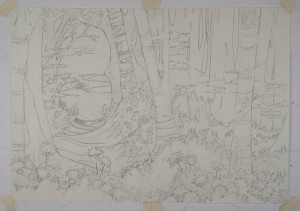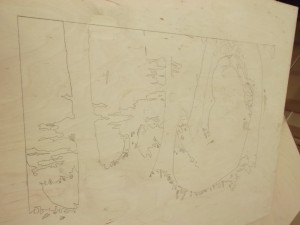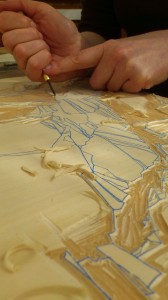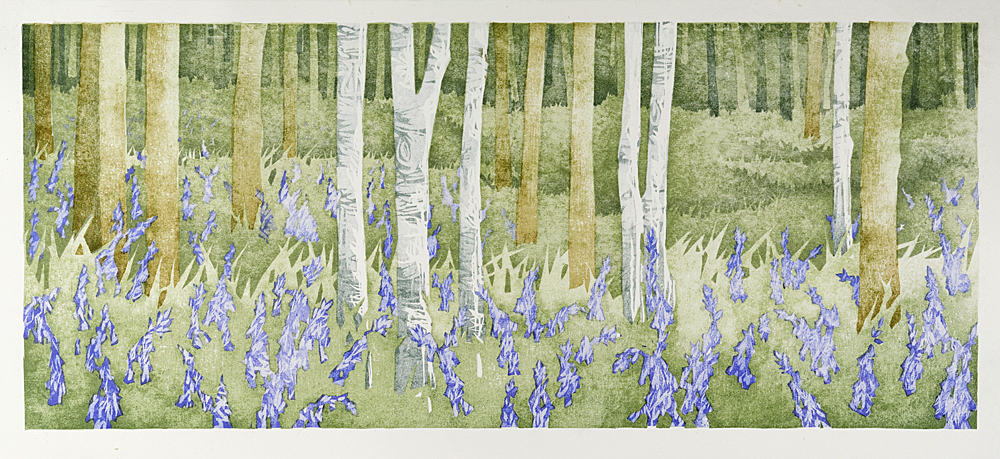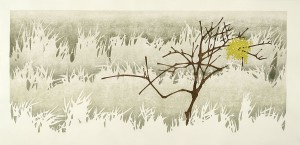This week I have the proud though very sad task of writing a eulogy for my mum’s funeral and the more I fiddle about with ideas and sentences for mum, the more I realise how much of my childhood was spent learning from her how to be a decent artist.
She wasn’t the sort of mum who played with her children. Though she was always there to pick up the pieces and administer an almost solid concoction of glucose and tea for the varied accidents we used to amass back in the days of concrete and no railings. Rather she was the sort of mum who allowed me into her adult life, teaching me at an early age that it was perfectly acceptable, indeed essential, to touch as well as look in shops and that I could get down from the table in the tea shop if I was prepared to walk politely to the counter and settle our bill.
She was intensely interested in so many things and an avid reader, teaching me how to research in her frequent visits to the local library where she would order books of interest while frowning at the romantic ‘schmaltz’ on offer. I do remember howling at her that I never intended to read ‘anything I hadn’t written myself’ after an especially trying visit, but I’m a reader just like her and she was patient with books propped against cereal boxes and hours lost in the bath, merely suggesting that perhaps I should put the light back on instead of reading with a torch after bedtime.
Mum was keen on light and air, probably because of a rather dark childhood in Kensington Church Street and a later evacuation to live above a tripe shop in the war. ‘Look, look at that light!’ was a perfectly normal request as were conversations about the exact colour of pears, how different sorts of rain change the sky and why some air is ‘good’ and some ‘bad’. More exciting conversations took place without my help and with my godmother while I was reduced to interpreting their silently mouthed words. To this day I can’t see a Les Dawson tribute without thinking of those sherry-fueled chats.
Mum wasn’t given to dithering; ‘Don’t just DAB at it!’ was her exasperated shout during my teens. She was a firm believer in action and that working hard and keeping occupied was infinitely better than ‘just sitting’ (the latter said in a manner recalling mild torture). She’s made it impossible for me to just sit and I blame her entirely for my knitting during the undertaker’s visit to discuss her funeral.
Of course there were lots of other things, but I’ll save them for the eulogy. The important things for my career: the reading, the constant observation of the light and landscape, my love of the tactile and my drive to get on with my work were all rooted in my childhood with her.
In fairness I should also add the footnote that, thanks to her first aid, mum made all three of us children totally unable to face tea with any kind of sweetening ever again, however much good it might do for shock.
